TI’s MSPM0C1104—A Tiny, Mighty 16-Cent, Rice-Sized MCU
This post is sponsored by Texas Instruments. All opinions are my own.
Ever wished you could shrink the lab and slip it into your pocket? Texas Instruments just did. The MSPM0C1104 Arm Cortex-M0+ microcontroller is so tiny that a single chip makes a grain of rice look like a London double-decker bus. Yet inside that pepper-flake package lurks 24 MHz of 32-bit horsepower, a 12-bit ADC, and enough digital I/O to boss around a robot army.
Even better, it lands on reels of 1000 for a scandalous US $0.16 apiece. Sixteen cents buys industrial-grade –40 °C → 125 °C operation, 5-volt-tolerant pins, and TI’s pin-compatible MSPM0 family roadmap, so you can scale up without respinning your board.
In this episode of Electromaker Educator, Robin builds what might be the world's smallest ARM-based line-following robot — powered by Texas Instruments’ MSPM0C1104, the tiniest MCU we’ve ever tested. With an ARM Cortex M0+ core, 16KB flash, 12-bit ADC, and start at just 16 cents per chip (in bulk), this MCU is perfect for mass production and maker projects.
MSPM0C1104 Quick-Look Specs (TL;DR)
Proof that truly gigantic ideas can hide inside pepper-flake packages.
- Core: Arm® Cortex®-M0+ @ 24 MHz
- Memory: 16 KB Flash, 1 KB SRAM
- Analog: 12-bit SAR ADC, up to 10 channels, 1.5 Msps
- Digital I/O: up to 18 GPIO, 5 V-tolerant pins (rare at this size)
- Comms: UART, I²C, SPI
- Operating range: –40 °C → 125 °C
- Power draw: 87 µA/MHz (run), 200 nA (shutdown)
- Smallest package: 8-ball WCSP — just 1.38 mm² (≈ black-pepper flake)
Why the MSPM0C1104 Matters
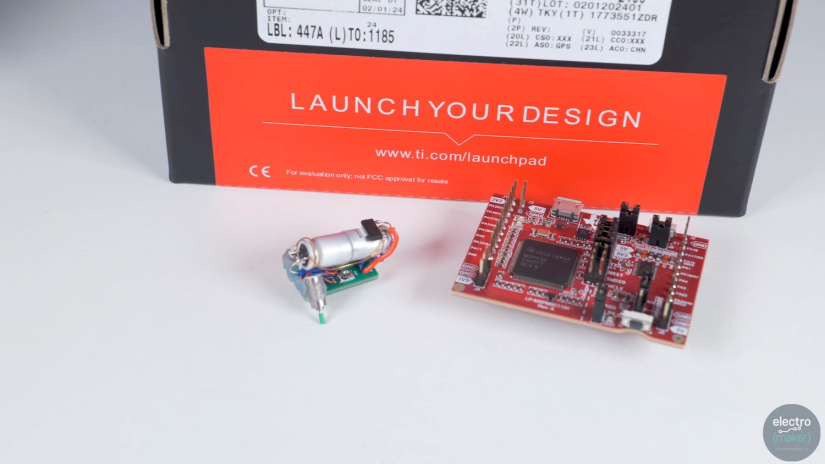
“16 ¢ of Awesome:” In reels of 1 000, each MSPM0C1104 costs a barely believable US $0.16 about the price difference between tap water and a single espresso shot. At that rate you can sprinkle micro-intelligence across every LED, sensor and test pad on your board without triggering a finance-department meltdown.
Footprint Freedom: The eight-ball WCSP version occupies just 1.38 mm², roughly 38 % smaller than the previous “world’s tiniest MCU” record-holder. That frees PCB real-estate for fat capacitors, chunky batteries, or even if you’re feeling artsy some laser-cut acrylic flair.
Ecosystem Perks: Every device in the MSPM0 family is pin-to-pin scalable, so a memory or peripheral upgrade is a straight drop-in swap. Migrating from trusty 8-bit STM8 parts? TI’s salt-flavoured migration tool auto-converts your legacy code into MSPM0 driver-lib zero board respins, maximum bragging rights.
Development Made Effortless
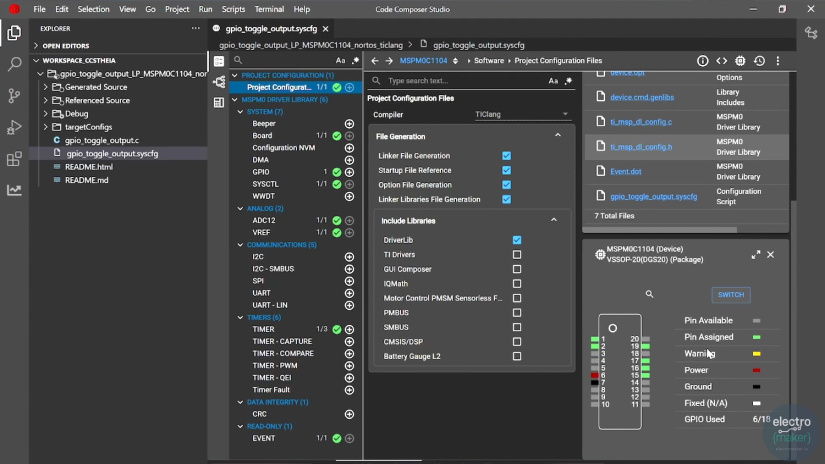
Bring-up is quicker than your reflow oven pre-heat thanks to TI’s polished toolchain.
- LaunchPad LP-MSPM0C1104: on-board XDS programmer + target MCU for US $5.99, with jumper blocks that let you detach peripherals or steal signals in seconds.
- Code Composer Studio: zero-driver Windows recognition; pair it with SysConfig’s drag-and-drop GUI to remap pins before your coffee cools.
- No-RTOS template: skip heavyweight kernels and go bare-metal with driverlib.
Dev-Board Tricks & Real-World Hacks
Borrow Any Pin: Every LaunchPad signal sits behind a removable jumper. Pop out J102 to silence the on-board LED, or lift the RX/TX jumpers to hijack the hardware UART for an extra sensor bus no soldering, just finger nails.
Live Repin with SysConfig: Open the Pin Mux view, drag the ADC input from PA0 onto an empty pad (say PA14), hit Save & Generate, and driverlib updates itself. No grep-fest, no recompile loops done in ten seconds.
Bit-Banged PWM: When every hardware timer is spoken for, fall back on a tight loop. The three lines below drive a rock-solid 1 kHz, 30 % duty signal on PA5:
// 1 kHz, 30 % duty on PA5
while (1) {
GPIO_togglePinLevel(GPIO_PORT_A, GPIO_PIN_5);
delayCycles(4800); // ≈30 µs high, ≈70 µs low
}
![LaunchPad Landscape]()
Two-Cap Battery Hack: Robin straps two 2.5 V lithium-titanate caps back-to-back, then feeds a 3.3 V LDO. The caps double as ballast so the stamp-sized line-follower keeps its pager-motor wheels in firm contact with the track zero extra silicon.
WCSP Solder Tip: Flood both pad rows with paste, reflow, then wick bridges while the board is still warm. A $40 USB microscope turns “is that a short?” into “ship it!”—but sneeze once and the 8-ball package is gone forever.
Package Options & Board-Space Math
TI ships the MSPM0C1104 in three bite-sized flavours pick the one that best suits your PCB diet.
| Package | Pins | Area (mm²) | Ideal for… |
|---|---|---|---|
| WCSP (YCJ) | 8 | 1.38 | earbuds, swallowable sensors |
| SOT-23 (DDF) | 8 | 8.12 | rapid prototypes |
| WQFN (RUK) | 20 | 9 | sensor hubs, compact robots |
Engineers Note: A QFN the size of a grain of rice will vanish if you sneeze ask me how I know.
Pricing, Availability & Shop Now
- MSPM0C1104 MCU: from US $0.16 / 1 k sample today on TI.com
- LP-MSPM0C1104 LaunchPad: US $5.99 officially pocket-money approved
Where to Deploy a Grain-of-Rice MCU
Think of the MSPM0C1104 as electronic confetti sprinkle it anywhere you need brains without bulk.
- Disposable medical probes & wearables sterilisation-safe and cheap enough to toss.
- Ultra-mini drones & stamp-sized line-followers on-board smarts minus the weight penalty.
- Distributed health-monitoring nodes sprinkle watchdog MCUs across complex systems for pocket change.
- Coin-cell sensor beacons sip microwatts for years while whispering data over UART or I²C.
Got a crazier idea? Drop it in the comments and your project might headline our next Electromaker roundup!
Further Reading & Resources
- TI Product Page — datasheet and technical reference manual.
- TI Press Release — official announcement of the world’s smallest MCU.
- Electromaker Product of the Week Episode — full specs breakdown, dad-jokes, and project ideas.
Show us what you’d cram the MSPM0C1104 into!




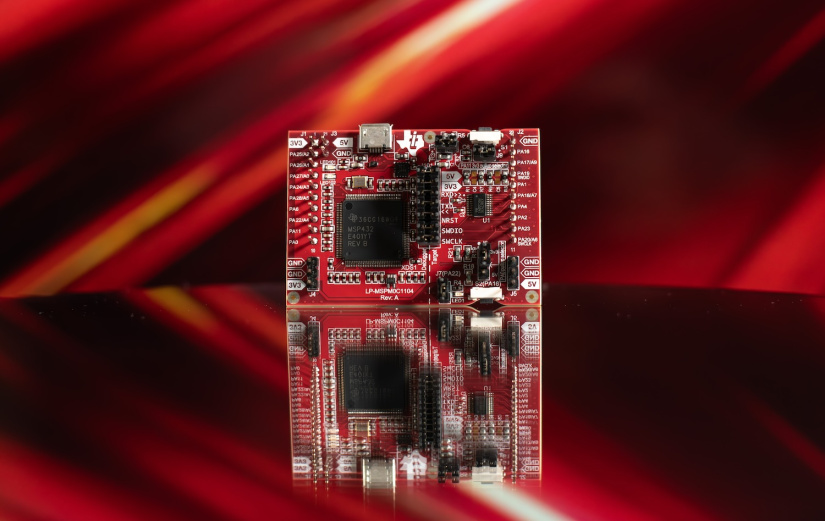

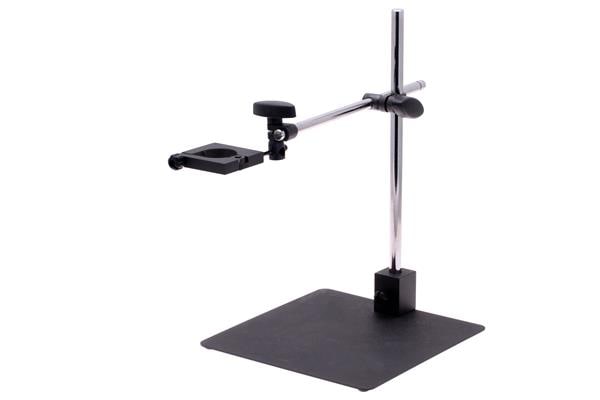
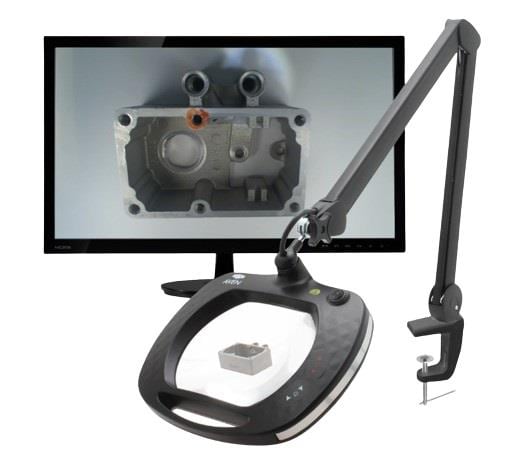

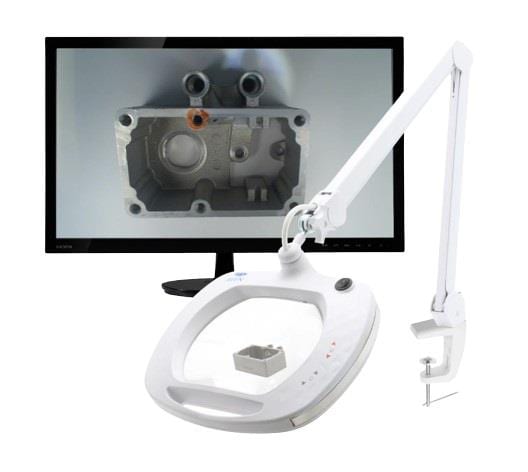


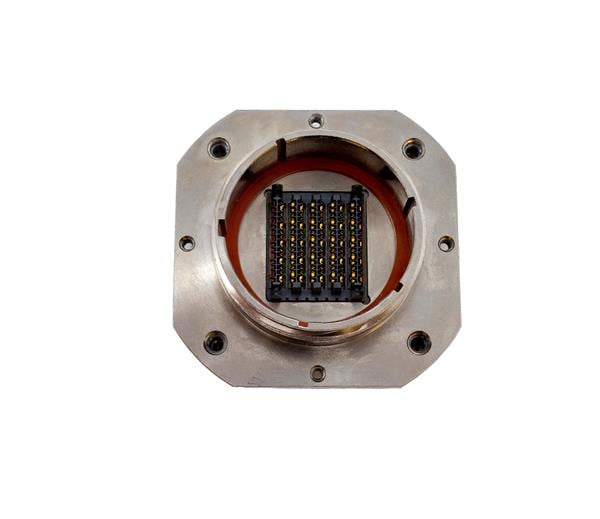

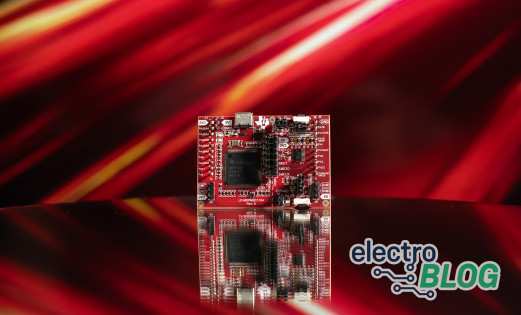
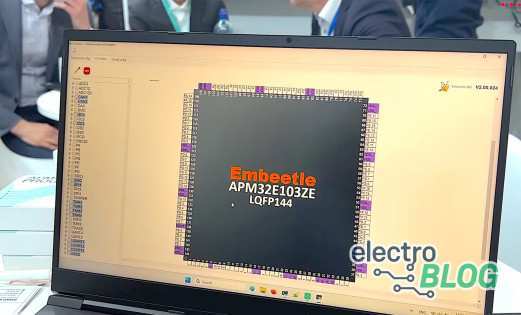
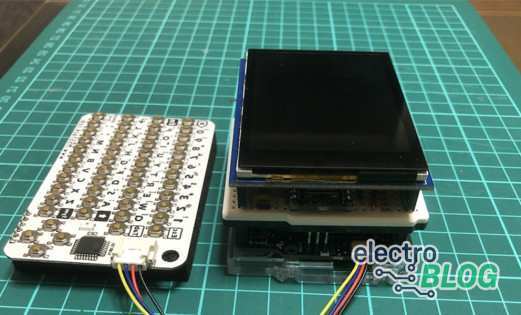
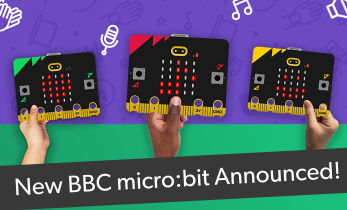
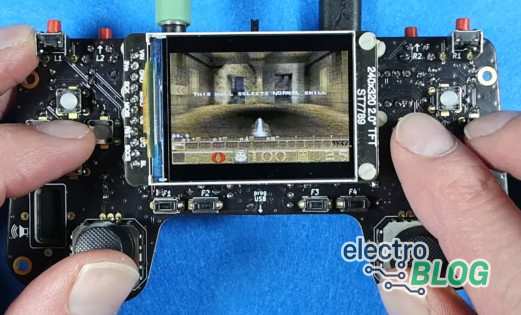

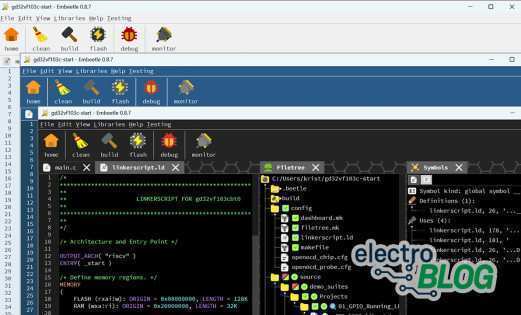
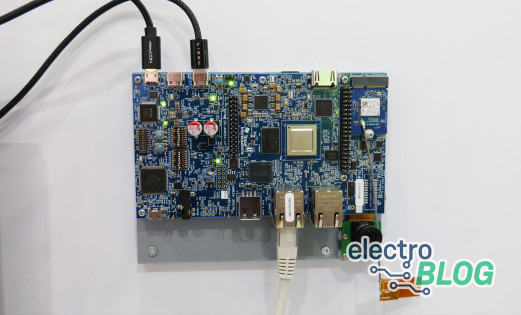


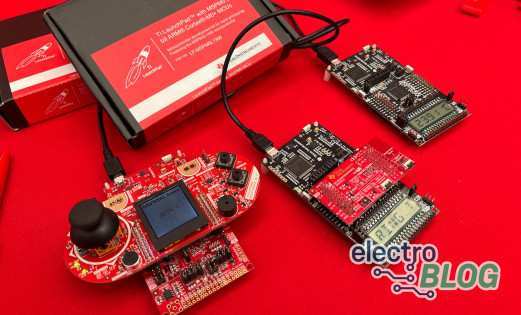
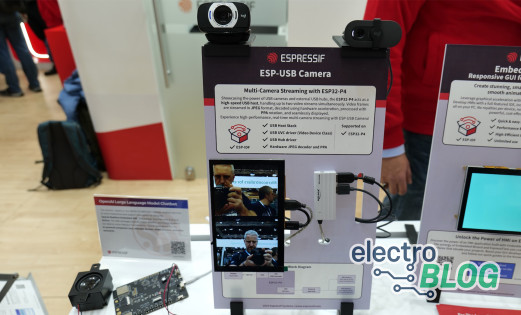




Leave your feedback...